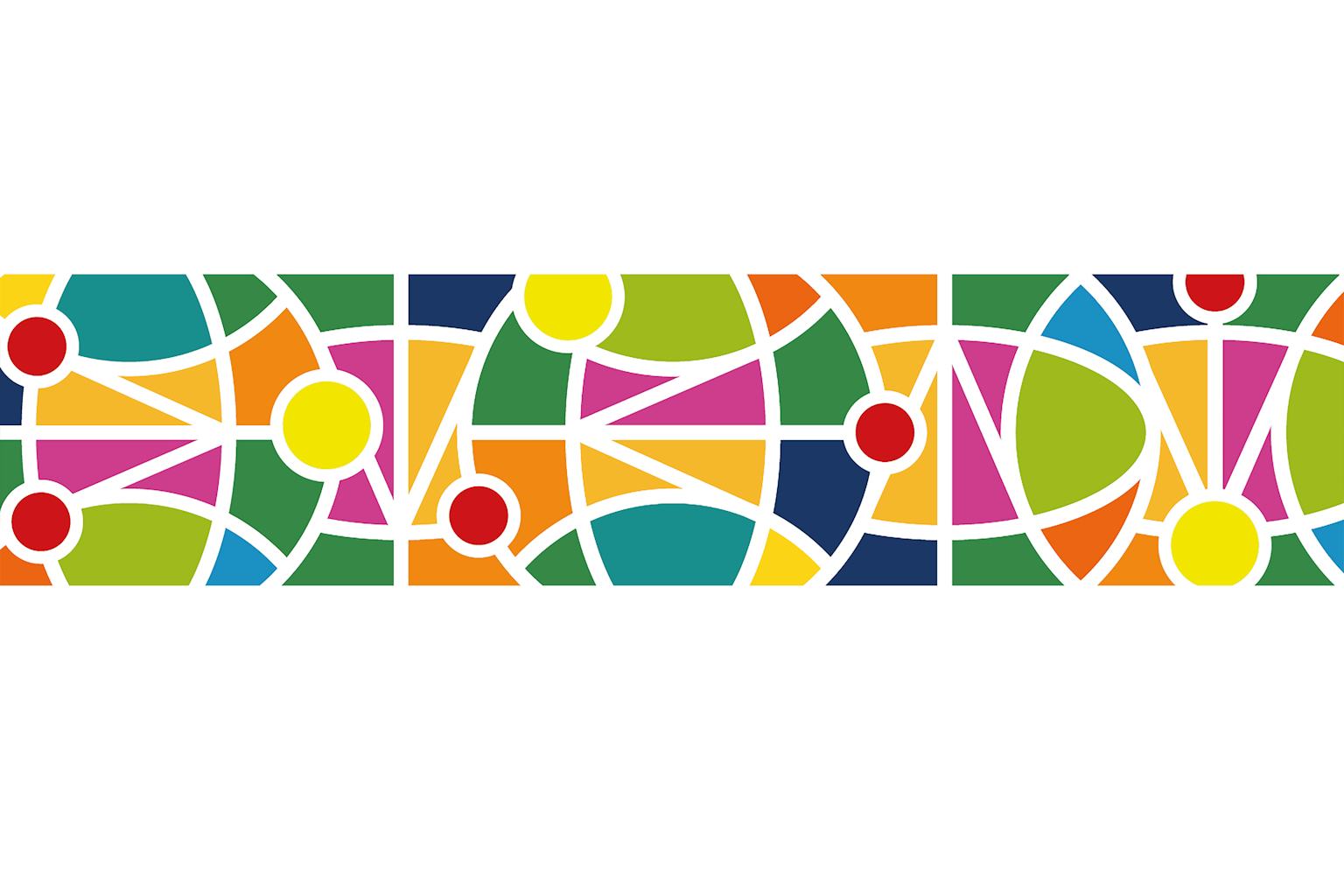The world of self-help is a muddled and thoroughly mystifying space. On one hand, there are endless self-help materials being produced daily. On the other, there are many people who swear on their disdain for anything self-help related. This Forbes writer, for instance, jokes that criticism of self-help is just as popular as the self-help materials themselves.
Many people who are frustrated with self-help have trouble connecting the promises given therein with their own reality. Be productive, achieve those dreams, actually go places – it does sound like the fairy tale life, doesn’t it? But only when you forget that self-help ideas are meant to give you a push, a reminder, or simply just pointers for how to unlock your potential.
[bctt tweet="There comes a time when the cost of inaction becomes too high and you are forced to admit; ‘Enough is enough. I need to change.’" username="QaziniKenya"]
Lecto divina reading
From a year of ghostwriting kindle self-help books, I know that many could work just as well compressed into an article. If the current trend in video-books has taught us anything, it is that all books can be broken down into an idea, or a bunch of ideas.
After all, all self-help articles, books, or videos started as a thought – an idea that a person had and decides to share with others. The arguments, tips, and rules are all filler information guiding you to the truth of this idea. The process of absorbing this idea goes something like this;
- You read through the article/book
- You find a sentence that resonates
- You read it again, slowly, and maybe even ponder it for a second or two
- You internalize the message
That is the lecto divina technique of reading self-help. It allows you to glean the idea from the filler information. The process of applying any idea to your life is a little more complex. It has no fancy Latin name, but it goes something like this:
1. Self-searching
After you identify the main idea in any self-help article, book, or video, you immediately start looking for parallels with your own life. Your brain then takes over and evaluates, questions, and either accepts or rejects the proposition. Some people reject ideas without fully comprehending them. This is just wrong. It is important to first understand something before making your judgments about it.
The process of evaluating starts while you are reading, as your mind picks up on the ideas the writer wanted to communicate. You measure yourself against all claims, ideas, and examples. You might find that the idea being put forward challenges you to question your own beliefs, which can be quite frightening as well.
Bargaining is a process through which you make arguments against an idea to reduce the sting of the truth. Here, you make excuses, divert, and justify. It helps you to escape from your own role in the self-improvement process.
2. Admission
Many people choose to live in denial rather than face up to the truth. This resistance to change is often brought about by the fear of the unknown or trust issues which are deeply embedded in our psyche. But there comes a time when the cost of inaction becomes too high to bear and you are forced to admit; ‘Enough is enough. I need to change.’
Admission is usually followed by recognition of your own role in your self-improvement. You realize that learning from someone does not make you a lesser man or woman. That, at the end of the day, only you can give someone else this power to affect your life, even to make you a better person.
3. Action
Self-help action entails acting on suggestions to fix what needs fixing, prune what needs to be pruned, and preserve what deserves to be preserved. This idea that motivational writers are trying to tell you how to live your life is simply absurd. Oftentimes, we are just trying to tell you to live your life!
If you happen to have been stuck in one place for long, being able to move ahead might feel like a supernatural feat. It is easy to doubt yourself and feel like you don’t have what it takes. But incremental action is the key. Small actions have the greatest impact as long as you keep working.
4. Adjustment
The process of changing any aspect of your life entails a process of blending your beliefs with a new idea. Much like the symbionts in the movie Venom, an idea requires the right internal conditions for it to take root - for it to become yours and, ultimately, a part of you.
Along the way, you will have to course-correct many times. To tweak aspects of the idea that doesn’t serve you. That is your prerogative as a person. I have seen motivational speakers who claim to have “the key” to self-improvement. They may give good advice, but they don’t give room for their ardent followers to change anything. This becomes a potential trap to progress because situations differ and what works for one person may not work for everyone else.
The truth is you will have to adjust and fine-tune your outlook in life many times over the course of your life. As you gain new experiences and insights, you must be ready to drop the old notions that become outdated or that no longer serve your best interests.





